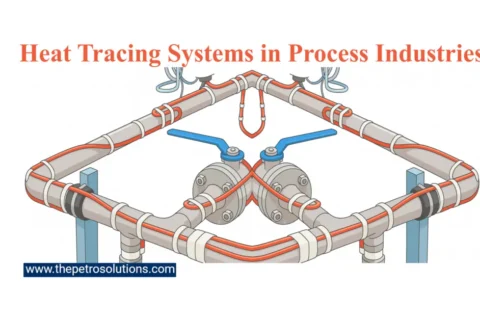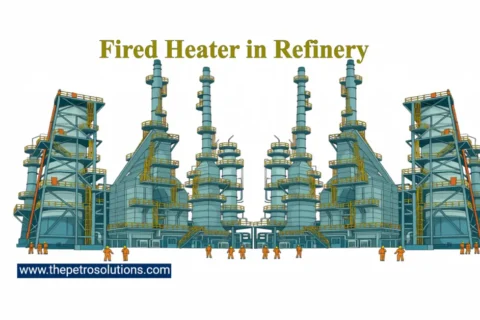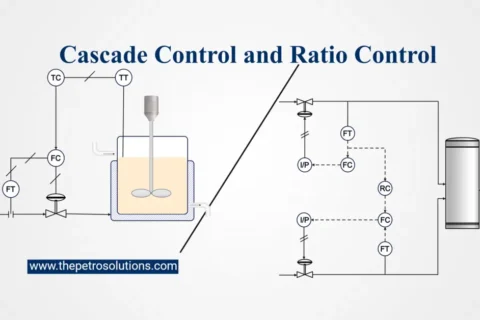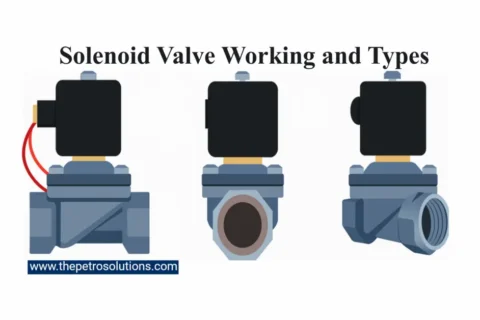Hydrocracking catalyst deactivation is the gradual loss of the catalyst’s activity while maintaining the same conversion severity. As the deactivation increases the catalyst temperature has to increase in order to obtain a fixed conversion and desired products. As the catalyst ages, it loses its activity, which may be due to one or more of the ways described below. The general method of measuring the deactivation rate is to estimate the remaining life of the catalyst to achieve the desired conversion and products range. Catalyst deactivation rate is measured in degree C per day or month for the given operating span.
The hydroprocessing catalyst deactivation mechanisms can be divided into two categories; i.e. Temporary or reversible deactivation 2. Permanent or irreversible deactivation.

Deactivation Mechanisms of Hydroprocessing Catalysts
1. Catalyst Coking
Coke deposition is the by-product of the cracking reactions and proceeds in the presence of high molecular weight components in the hydrogen deficient environment. The coke formation on a catalyst is a function of time and temperature. The longer the catalyst is in service or the higher the temperature of the process, the deactivating effect will be more severe. The coking of the catalyst starts with the adsorption of high-molecular-weight hydrocarbons and low hydrogen/carbon ratio containing ring hydrocarbon, which proceeds with further hydrogen loss. For further details please view the previous blog ” Reducing Coke Formation on Hydrotreating Catalysts“.
The polynuclear aromatics (PNA) and olefins cause coking on catalysts. The coke deposited on catalyst covers active sites and prevents access to these sites by physical blockage of the entrance to the pores. Catalyst, deactivated by coke deposition, can be easily regenerated by controlled coke burning. During process upsets or when the catalyst is exposed to operating conditions beyond the design limits then coke formation accelerates and catalyst life is reduced.
Following parameters of hydrocracking units affects the coking rate on the catalyst; for more details please view the blog “ Key Operating Variables of Hydrocracking Unit ”
- Reactor temperatures should be as minimum as possible while maintaining desired product, increasing the reactor temperature accelerates the rate of coke formation and reduce the cycle length of the hydrocracking catalyst.
- The heavier feed contains more coke precursors, Nitrogen, Sulfur, solids, and metals contributing to catalyst deactivation and increased reactor pressure drop.
- The low charge rate causes high residence time, poor feed distribution across the catalyst beds, and hence high rates of coke formation. Higher than design feed rates require high temperature for processing the liquid, as a result, a high coking rate.
- High hydrogen partial pressure is necessary for reducing coke formation, increasing the hydrogen availability for reaction on the catalyst surface, and increasing conversion. It is always good to maintain maximum hydrogen partial pressure for good product quality, catalyst stability, and a longer life cycle.
- Recycle gas provides the hydrogen gas for reaction, maintains hydrogen purity, and removes the heat of reaction. Higher recycle gas rate improves the catalyst activity due to hydrogen availability for reaction resulting in a reduced coking rate over the catalyst.
- Feed CCR (Conradson Carbon Residue) higher than 0.5% in the feed will accelerate the coke lay down on the catalyst.
2. Reversible Poisoning by Ammonia and Carbon Monoxide
Hydrocracking catalyst sometimes loses activity due to organic nitrogen or NH3 poisoning. This is primarily due to the strong chemisorption of ammonia on active sites. This type of poisoning is reversible and when ammonia is removed from the system, the deactivating effect is gradually reversed. The temporary exposure of the catalyst to the high concentration of ammonia will require a higher temperature to maintain the desired conversion. Another, reversible poison for hydrocracking catalysts is carbon monoxide, which can impair the hydrogenation activity by preferential adsorption on active metal sites.
3. Catalyst Support Sintering
Catalyst support sintering is the irreversible loss of catalyst activity. Sintering is a result of catalyst exposure to extremely high temperatures and is more damaging in the presence of high-water partial pressure. In this case, the catalyst support material can lose surface area from a collapse of pores or from an increase in pore diameter with pore volume remaining constant. Further, the active metals can become mobile and agglomerate under severe conditions. To avoid this situation, it is recommended to strictly implement the procedure to avoid temperature runaway. Normally, in hydrocracking units, the emergency depressurization system is operated manually to stop the uncontrolled temperature rise.
4. Metals Deposition on the catalyst surface
The feedstock of the Hydrocracking unit contains metal contaminants. These metallic compounds are a challenge for the catalyst performance and can damage the catalyst activity permanently. They foul the catalyst by increasing the differential pressure of the reactor thus shortening the cycle length of the catalyst. These metals are permanent poison for the catalyst and can not be removed by regeneration. Some of these metals may come into the system via additives (Si) or organometallic compounds in the feed such as Ni, V, and others Pb, Fe, As, P, Na, Ca, Mg. These compounds deposit at the pore entrances near the outer surface of the catalyst and block access to the interior part of the catalyst. Metal deposition can damage both the acid and metal sites.
The high metals usually indicate the presence of asphaltenic hydrocarbons in the feedstock. These heavy asphaltenic hydrocarbons are very difficult to hydrocrack and can contain high molecular weight organic nitrogen and sulfur compounds. These compounds have a high coke forming tendency, thus leading to fast deactivation of the catalyst due to coke
For further information, discussion and queries please comment in the box below or contact at admin@ or follow us on Facebook & LinkedIn.






2 thoughts on “Avoiding Deactivation of Hydrocracking Catalyst”
It is always good to maintain maximum hydrogen partial pressure for good product quality, catalyst stability, and a longer life cycle.
Dear sir pls describe the upper sentence, hydrogen partial pressure means purity or pressure?
Yes, hydrogen partial pressure and purity are same thingy. The partial pressure of hydrogen can be calculated as PP of Hydrogen = Total pressure * fraction of hydrogen.
So greater purity means greater hydrogen partial pressure. we can use high hydrogen purity or high hydrogen partial pressure because both of the terms mean the same.